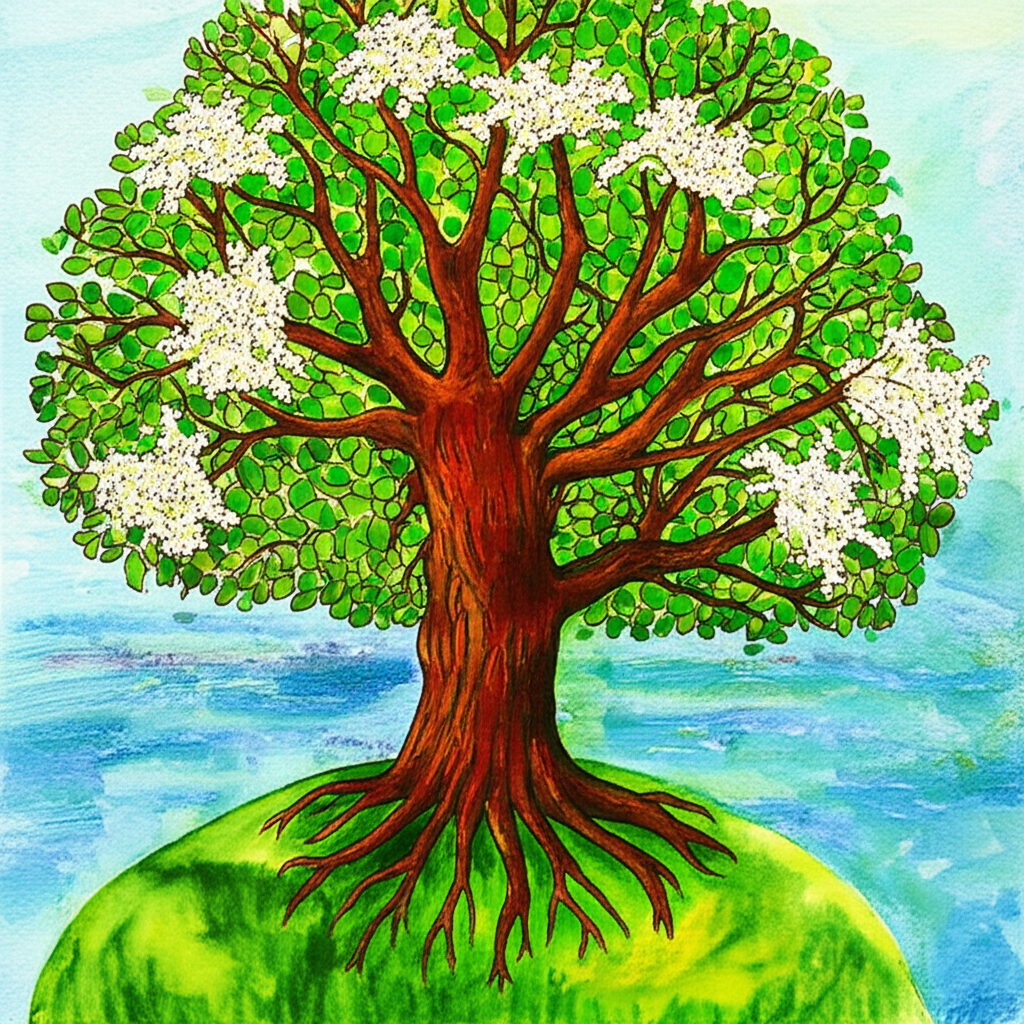
The superstition surrounding the elder tree, specifically the belief that it should never be cut down, is deeply rooted in folklore, history, and cultural beliefs across Europe. This widely held conviction stems from a complex interplay of pagan traditions, Christian interpretations, and the elder’s multifaceted symbolic associations.
The elder tree’s reverence in pagan folklore predates Christianity. It was regarded as having magical powers and the ability to ward off evil. As a symbol embodying the natural cycle of life, death, and rebirth, its blossoms were incorporated into the Beltane May fire festival, and its branches were used in blessings and rituals. Furthermore, the elder was a vital resource in herbal medicine. Its flowers, bark, and berries were all valued for their restorative properties and utilized in various traditional remedies.
Countryside traditions in early Europe held that cutting down an elder tree would bring bad luck. This belief is often attributed to the folktale of Hylde-moer, a tree spirit or dryad who was believed to reside within the elder. According to the legend, Hylde-moer would haunt anyone who dared to chop down her tree. This fear extended to the use of elder wood for specific purposes; crafting cradles from elder was particularly avoided, as it was believed that Hylde-moer would visit any child placed in such a cradle, pinching the baby black and blue. Paradoxically, branches of elder were often hung over doorways as a protective measure against evil spirits, highlighting the tree’s dual nature in folklore.
The Christian perspective on the elder tree added another layer to the superstition. While some uses of the elder were acceptable, such as protective branches, the act of bringing the wood inside was considered unlucky, contrasting with its earlier pagan uses. This suspicion may have originated from Christian distrust of Druidic customs and traditions. During the Middle Ages, the elder became associated with magic and witchcraft, further fueling negative beliefs. In addition to its medicinal applications, the elder was purportedly used to make witches’ wands, solidifying its link to the supernatural.
The elder’s association with death also contributed to the superstition. According to one Christian legend, Judas Iscariot hanged himself from an elder tree. This association led to the elder being sometimes referred to as the ‘Death Tree’. Ironically, its pre-Christian connection to rebirth meant that elder was also used at funerals, further entrenching its presence in the cycle of life and death. Beyond these specific associations, it was also considered unlucky to smell the elder tree or to sleep beneath one.
In modern interpretations, the superstition surrounding cutting down an elder tree persists, although it is often viewed with varying degrees of seriousness. While some still adhere to the literal belief in the tree’s magical powers and the potential for misfortune, others see the superstition as a reflection of a broader respect for nature and the importance of preserving ancient traditions. The prohibition against cutting the elder tree serves as a reminder of the interconnectedness between humanity and the natural world and the enduring power of folklore in shaping cultural beliefs.